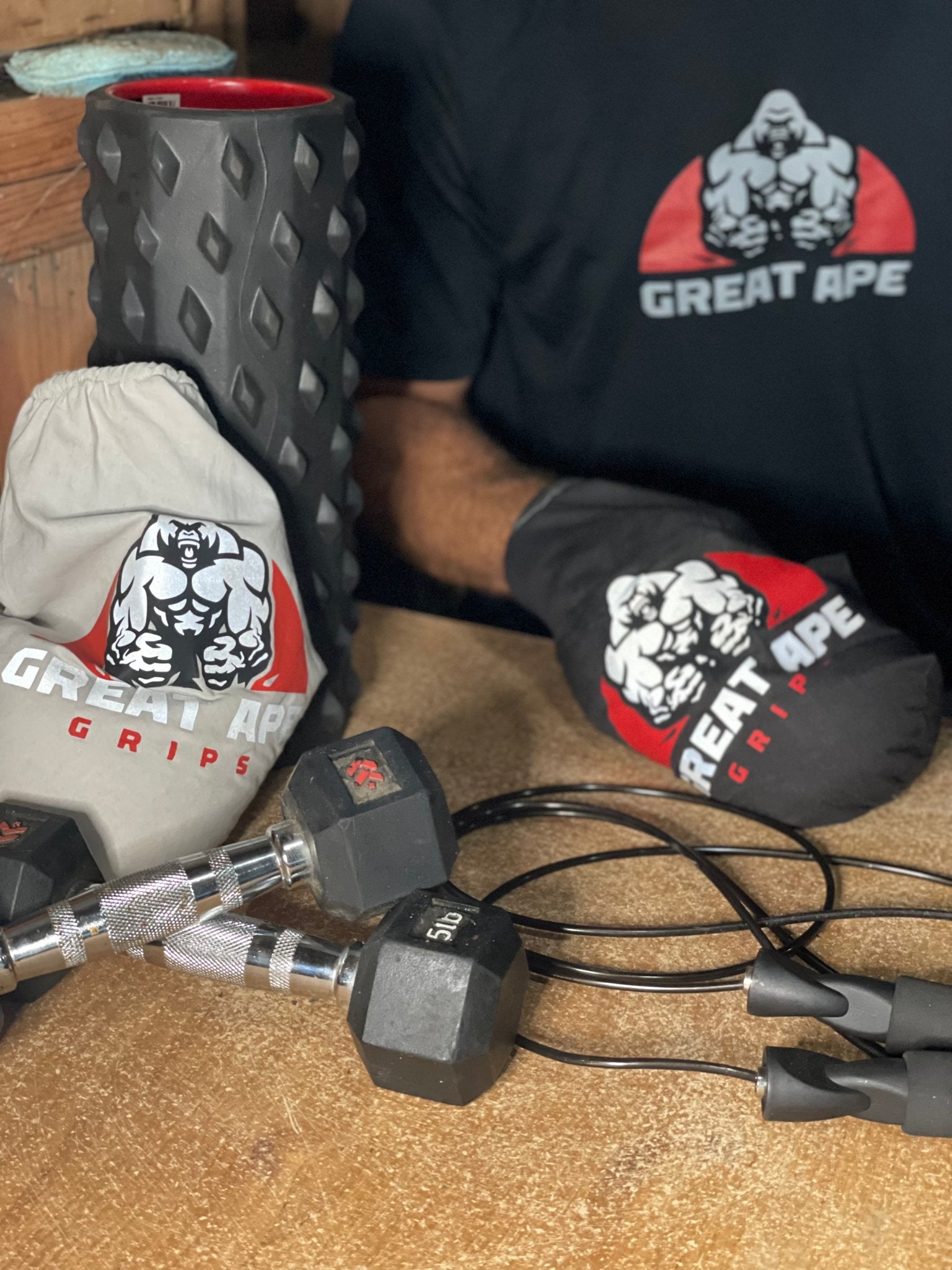Rice Bucket Training: A Comprehensive Guide to Strength and Flexibility

Table of Contents
- Introduction
- What is Rice Bucket Training?
- History and Origin
- Benefits of Rice Bucket Training
- Muscles Targeted
- Proper Techniques and Movements
- Introducing Great Ape Grips
- Sample Routine
- Common Mistakes to Avoid
- Incorporating Great Ape Grips into Your Fitness Routine
- Conclusion
- FAQs
1. Introduction
In the realm of unconventional yet effective fitness techniques, Rice Bucket Training has gained significant popularity. This unique form of exercise utilizes a simple bucket filled with rice to engage and strengthen various muscle groups. In this article, we will delve into the intricacies of Rice Bucket Training, exploring its history, benefits, techniques, and much more.
2. What is Rice Bucket Training?
Rice Bucket Training, as the name suggests, involves performing a series of exercises using a bucket filled with rice. It is a form of isometric training that targets specific muscle groups, promoting both strength and flexibility. This technique has its roots in traditional rehabilitation practices, but it has evolved to become a versatile tool in the realm of fitness and conditioning.
3. History and Origin
Rice Bucket Training finds its origins in ancient Chinese medicine and rehabilitation practices. It was initially used as a therapeutic exercise for hand and forearm injuries. Over time, its effectiveness in promoting strength and mobility led to its adoption in various fitness communities worldwide.
4. Benefits of Rice Bucket Training
Improved Grip Strength: Engaging with the rice provides resistance that enhances grip strength, benefiting athletes, climbers, and weightlifters.
Enhanced Finger Dexterity: The fine movements required in the exercises improve finger coordination, crucial for musicians, artists, and individuals in fine-motor professions.
Rehabilitation and Injury Prevention: It aids in the recovery process of hand and forearm injuries while also serving as a preventive measure against future injuries.
Muscle Endurance and Stability: Rice Bucket Training engages in stabilizing muscles, promoting endurance and stability in the hands, wrists, and forearms.
5. Muscles Targeted
Rice Bucket Training primarily targets the following muscle groups:
- Forearm flexors and extensors
- Intrinsic hand muscles
- Wrist stabilizer
6. Proper Techniques and Movements
To maximize the benefits of Rice Bucket Training, it's essential to perform the exercises with proper form. Here are some key movements:
- Wrist Flexion and Extension: Submerge your hand in the rice and perform controlled flexion and extension movements.
- Finger Pinches: Pinch the rice between your fingers and thumbs, varying the pressure for resistance.
- Hand Twists: Rotate your hand within the rice to engage different muscle groups.
7. Introducing Great Ape Grips
Great Ape Grips introduces a cutting-edge training tool to engage multiple muscles with resistance against all movements. It provides a comprehensive grip training experience, making it the ultimate choice for athletes seeking to enhance their grip strength.
The unique combination of a 3 lb bag of rice and an ambidextrous glove allows users to squeeze and move the rice, targeting the forearms like never before. This versatile tool is perfect for warm-ups, recovery sessions, and strength training, and its portability ensures you can take it with you anywhere.
8. Sample Routine
A sample routine for Training may include the following exercises:
- Wrist Flexion and Extension (2 sets of 15 reps)
- Finger Pinches (3 sets of 12 reps)
- Hand Twists (2 sets of 10 rotations in each direction)
9. Common Mistakes to Avoid
- Excessive Force: Avoid using excessive force, which can lead to overexertion and potential injury.
- Neglecting Form: Ensure proper form in each exercise to target the intended muscle groups effectively.
- Skipping Warm-up: Always begin with a gentle warm-up to prepare the muscles for the workout.
10. Incorporating Great Ape Grips into Your Fitness Routine
Great Ape Grips and rice bucket training can be a valuable addition to your existing fitness regimen. It complements strength training, yoga, and other forms of exercise, offering a holistic approach to fitness.
11. Conclusion
Rice Bucket Training is a versatile and effective method for improving hand and forearm strength, dexterity, and stability. Its simplicity and accessibility make it a valuable addition to any fitness routine. By incorporating this unique training technique, individuals from various walks of life can experience the transformative benefits it offers.
12. FAQs
- Is Rice Bucket Training suitable for all fitness levels?
- Yes, Rice Bucket Training can be adapted to suit individuals of varying fitness levels and abilities.
- How often should I incorporate Rice Bucket Training into my routine?
- Aim for 2-3 sessions per week to allow for proper recovery and muscle adaptation.
- What if I experience discomfort during the exercises?
- If you experience discomfort, stop the exercise and consult a healthcare professional.
- Is Rice Bucket Training primarily for hand and wrist strength?
- While it targets hand and wrist muscles, it also engages stabilizing muscles, benefiting overall upper body stability.








